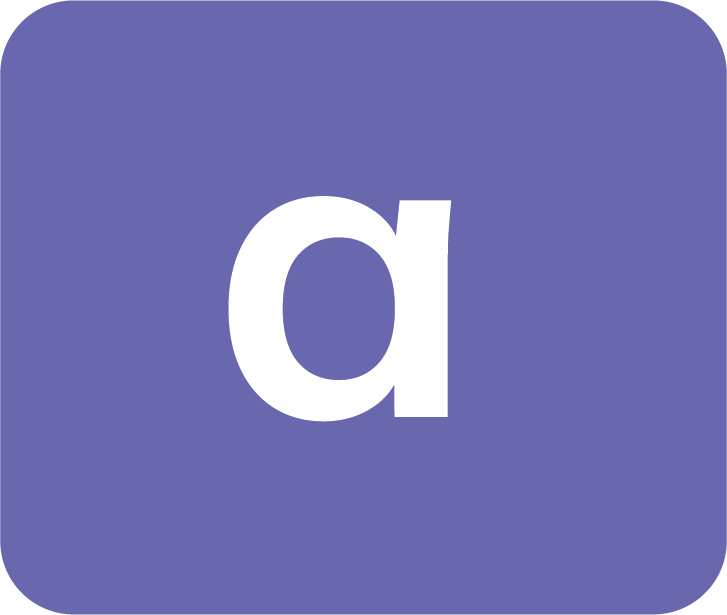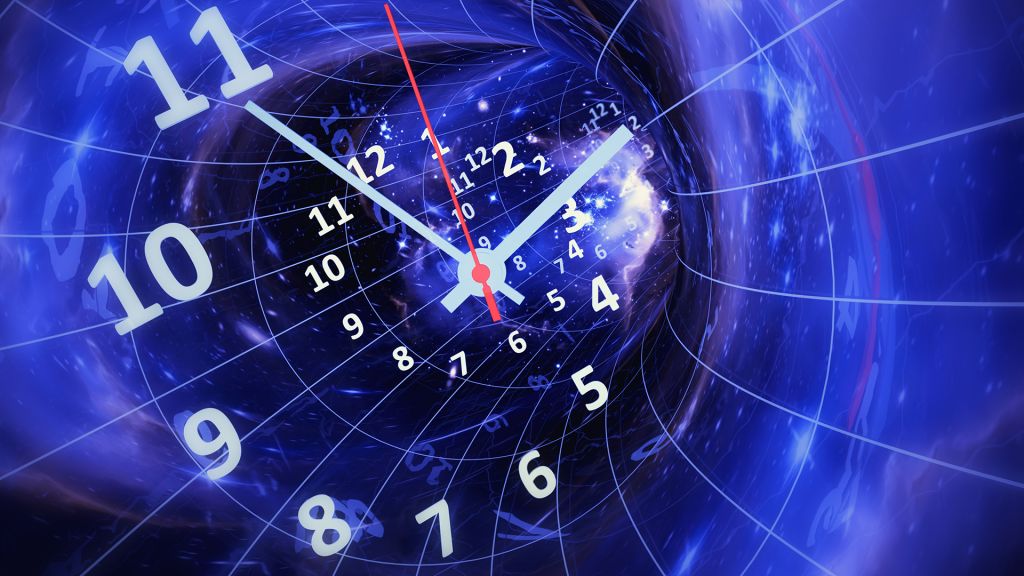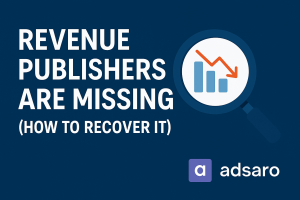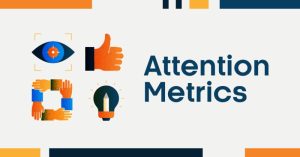Time targeting in advertising, also known as dayparting, is a crucial strategy that enables brands to display ads at specific times when their audience is most active. By optimizing ad delivery based on user behavior, businesses can improve engagement, conversions, and overall campaign efficiency.
In today’s digital landscape, where ad budgets must be optimized for maximum return, using time targeting effectively can be the difference between a high-performing campaign and wasted ad spend. Whether for e-commerce, B2B, or local businesses, understanding when your audience is most likely to engage with your content is key to success.
Why Time Targeting in Advertising Matters
Understanding consumer behavior is key to any successful marketing strategy. Time targeting allows advertisers to:
- Reduce wasted ad spend by avoiding low-engagement periods.
- Increase click-through rates (CTR) and conversions by showing ads at peak times.
- Customize messaging to fit audience activity patterns.
- Improve ad relevance by aligning with consumer intent.
- Enhance customer experience by displaying offers when users are more likely to make a purchase.
For example, if an online store sells fitness products, running ads early in the morning may be effective, as many fitness enthusiasts work out before starting their day. On the other hand, a fast-food brand may find more success in the evening when people are craving a quick meal.
How Time Targeting in Advertising Works
1. Analyzing Audience Data
To implement time targeting effectively, advertisers must analyze audience insights, including website traffic, engagement trends, and purchasing behavior. Google Analytics, Meta Business Suite, and third-party data platforms can provide valuable insights into peak user activity.
For example, e-commerce brands often see higher conversion rates during the evenings and weekends, whereas B2B companies tend to experience more engagement during weekday business hours.
2. Setting Time Blocks for Ads
Advertisers can schedule ads for specific hours or days based on their audience’s online activity. Here’s how different industries can benefit:
- Retail & E-commerce: Ads can be scheduled around payday periods, weekends, and evenings when consumers are more likely to shop.
- Restaurants & Food Delivery: Restaurants and Food delivery service can use to push promotions during meal hours.
- B2B & SaaS Companies: Running ads during business hours ensures visibility to decision-makers.
By aligning ads with user intent, brands can improve engagement rates and maximize ad spend efficiency.
3. Adjusting Bids Based on Performance
Many ad platforms, including Google Ads and Meta Ads, allow bid adjustments for different time slots. Increasing bids during peak hours ensures better ad visibility, while reducing bids during low-activity periods optimizes budget efficiency.
For example, an online tutoring platform may increase bids in the evenings when students are actively searching for courses and lower them during the morning when fewer students are online.
Best Practices for Implementing Time Targeting in Advertising
1. Segment Your Audience
Different audience segments have varying online behaviors. Segmenting by demographics, location, and device usage can enhance the effectiveness of time targeting.
- Geographical Considerations: A global brand should adjust time based on regional time zones and peak hours.
- Device-Specific Targeting: Mobile users might browse social media during commuting hours, while desktop users engage more during work hours.
2. Monitor and Optimize Performance
Regular performance tracking helps identify trends and refine strategies. A/B testing different time slots can provide insights into the most effective schedules.
- Example: A clothing brand may test whether ads perform better in the morning (when people browse before work) or in the evening (when they are more relaxed and ready to purchase).
3. Leverage Automation Tools
Platforms like Google Ads, Meta Ads, and programmatic advertising tools offer automation features that enable dynamic adjustments based on real-time data.
- AI-powered bid adjustments help optimize spending by automatically increasing or decreasing ad exposure depending on traffic trends.
Case Studies: Brands Excelling with Time Targeting
| 1. Amazon | Amazon optimizes time targeting in advertising by displaying time-sensitive deals and limited-time offers during high-traffic periods. The brand uses historical purchase data to identify the best times to push flash sales. |
| 2. Netflix | Netflix personalizes promotions based on peak viewing times, ensuring users receive recommendations when they are most likely to engage. For instance, it runs targeted promotions for binge-worthy shows during weekends. |
| 3. McDonald’s | McDonald’s uses time targeting in advertising for breakfast, lunch, and late-night meal promotions, aligning ads with customer cravings. Ads for McMuffins are more likely to be seen in the morning, while promotions for late-night meals run during evening hours. |
| 4. Spotify | Spotify runs targeted campaigns based on listening habits, adjusting ads to align with morning commutes, workout hours, and evening relaxation periods. The company uses time targeting in advertising to push premium membership ads at peak music consumption times. |
| 5. Uber Eats | Uber Eats optimizes ad placements for meal times, ensuring higher conversions by targeting users during breakfast, lunch, and dinner hours. It also uses surge pricing strategies based on demand trends. |
Emerging Trends
With AI and machine learning advancements, time targeting in advertising campaign is becoming more precise. Predictive analytics and automated bidding strategies will further enhance ad performance by adjusting in real-time based on user behavior.
- AI-driven Dynamic Bidding: Advertisers can leverage AI tools that analyze user behavior and predict the most effective time slots for conversions.
- Hyper-personalization: Future advertising strategies will allow brands to serve personalized content based on user interaction history and real-time activity.
- Programmatic Advertising: Automated media buying platforms will integrate more advanced time targeting in advertising features, allowing for seamless bid adjustments and ad placements.
Conclusion
Time targeting in advertising is a powerful strategy for optimizing ad performance and maximizing ROI. By leveraging audience insights, bid adjustments, and automation tools, advertisers can ensure their campaigns reach the right audience at the right time. Implementing a data-driven approach to time targeting will lead to improved engagement, higher conversions, and more efficient ad spending.
Whether you are an e-commerce retailer, a food delivery service, or a B2B marketer, incorporating time targeting in advertising into your digital strategy can yield significant improvements in performance. By staying ahead of industry trends and utilizing automation, brands can achieve better results and maintain a competitive edge in the digital landscape.








Leave a Reply